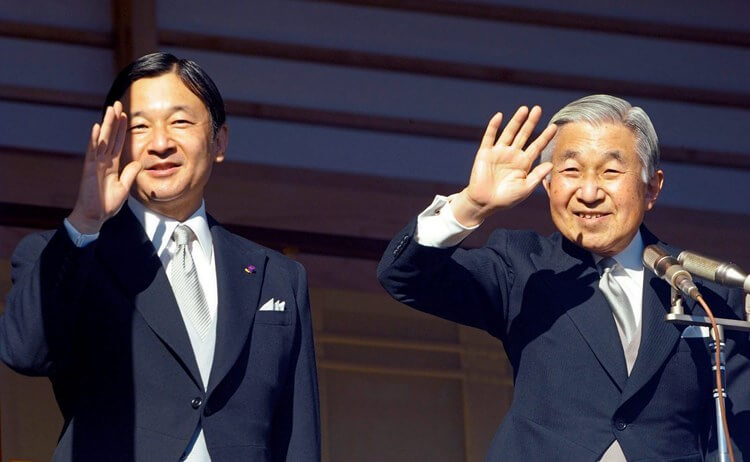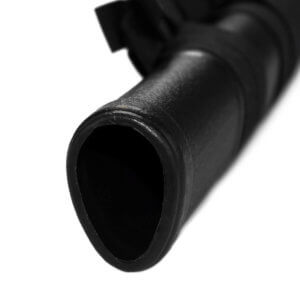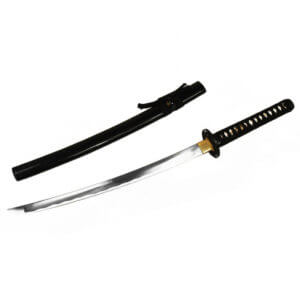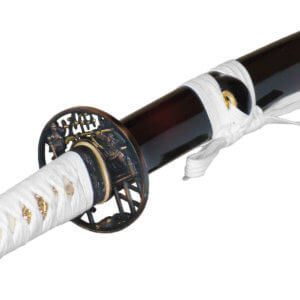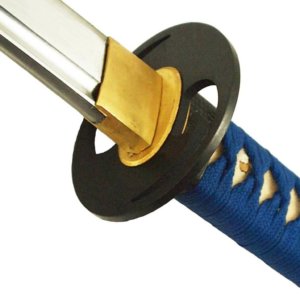The Emperor of Japan has ascended the Chrysanthemum Throne
On 30 April 2019, the 85-year-old Emperor of Japan, Akihito, abdicated.
The last time such an abdication of the throne had taken place was more than 200 years ago. The Imperial Household Law, which regulates all relevant matters relating to the Japanese imperial succession and the Chrysanthemum Throne, had to be amended by the responsible cabinet for this official act. An abdication during the emperor's lifetime was not envisaged until the corresponding amendment to the law on 9 May 2019.
Akihito was known for his modest character, among other things, and expressed the opinion back in 2016 that the Emperor of Japan would only be an asset to his people if he was in the best of health. Any restrictions would have a negative impact on the country and its inhabitants.
For this reason, he has now decided to leave the throne to his 59-year-old son Naruhito after 30 years of reign under the motto Heisei ("creating peace"). As the 126th Emperor of Japan, he has the honour of ushering in the new era under the ruling motto Reiwa ("beautiful harmony") and taking his place as head of the world's oldest uninterrupted hereditary monarchy.
The succession rituals of the Emperor of Japan
On 1 May 2019, Naruhito officially assumes the office of Emperor of Japan. On the same day, as part of the Kenji-to-Shokei-no-Gi ceremony, he is presented with the imperial throne insignia, which includes Single swords are presented.
These artefacts, which are thousands of years old, are a Sworda necklace made of jewellery and a mirror. They are said to symbolise bravery, the will to do the right thing and wisdom. These three character traits are regarded as the most important virtues of an emperor in Japanese culture.
Similar to a royal crown or a sceptre, the artefacts are inextricably linked to the office of Emperor of Japan. Despite their enormous significance, however, there are neither illustrations nor precise descriptions of the insignia. No one knows what they actually look like because their divine origin makes them too sacred for people to see. They are only brought out for the ceremony, but even then they are hidden from the eyes of those present in protective covers.
After handing over the insignia, Naruhito gives a speech in the presence of the imperial family and representatives of the state.
It was not until many months later, on 22 October 2019, that the formal inauguration of the new Emperor of Japan took place. Naruhito first pays a traditional visit to the Clothing dressed, he visits the holy shrines of Kashikodokoro, Koreiden and Shinden. There he speaks to the deities and informs them of the start of his reign.
In the afternoon, the enthronement of the Emperor of Japan takes place, which is introduced by the 30-minute Sokuirei silk no-gi ceremony. In front of over 2,000 guests from all over the world, including German President Frank-Walter Steinmeier and the heir to the British throne Prince Charles, the new Emperor of Japan confirms that he will always act responsibly and in accordance with his constitution. He also recognises his new role as a "symbol of the state and unity of the nation" and vows to carry out all his duties conscientiously. He wears classic traditional clothing and addresses those present from a large, canopied throne.
The tradition actually involves a parade afterwards, in which the new Emperor of Japan and his wife are driven through the Japanese capital Tokyo in an open-top limousine. However, out of respect for the victims of a recent typhoon disaster, this ceremony was postponed to 10 November.
Before then, however, numerous banquets and receptions are held in honour of the new Emperor of Japan. A banquet is held in the Imperial Palace on the evening of 22 October. On the following days, receptions for well-wishers are held one after the other and on 31 October, the new Emperor of Japan and his wife attend a dinner for important diplomats.
A final religious ceremony called Daijosai follows in November. This is the harvest festival of the Shinto religion, during which the new emperor of Japan thanks the sun goddess Amaterasu for the new rice harvest and makes offerings of rice, sake and fish to her. He himself will also eat rice to form a bond with the sun goddess.
The role of the Emperor of Japan
The appointment as Emperor of Japan takes place in three traditional ceremonies. They all have a high social value and are deeply rooted in Japanese history. Nevertheless, according to the pacifist post-war constitution, the office of Emperor of Japan does not come with political power.
Instead, it is limited to being a "symbol of the state and the unity of the nation" and, in this function, to fulfil representative duties in public. In addition, the Japanese monarchy is very religious in character, which is why performing religious ceremonies is also part of the Emperor of Japan's remit.
Naruhito's successor to the throne
Although Naruhito and his wife Masako have a daughter named Aiko, she is not a suitable heir to the throne due to her gender. In the event of Naruhito's premature abdication, his brother Fumihito would therefore ascend the Chrysanthemum Throne as the new Emperor of Japan. However, the probability of this happening is not particularly high, as there is only a five-year age difference between the two brothers.
Instead, Aiko's cousin Prince Hisahito could eventually succeed Naruhito as Emperor of Japan.
ARD programme about the coronation of the new Japanese emperor:
Click here to display content from www.youtube-nocookie.com.

